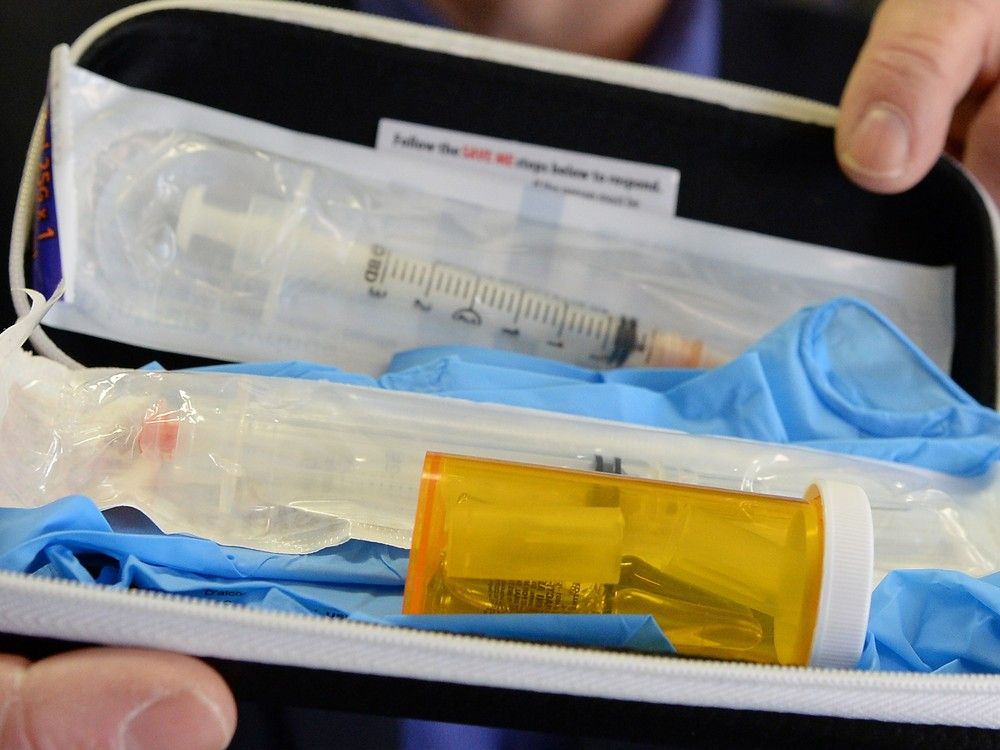
“Arnold Clawmer,” a rare split-colored lobster who is a reddish brown on one half of his body and orange on the other, found a new home in Blue Hill late last year when he was brought home from the Milbridge Shop ‘n Save by the Shaw Institute. Now, he’s living in a 200-gallon touch tank with neighbors from the Maine coast: sea stars, blood stars, clams, mussels, oysters, sea urchins, limpets and even invasive green crabs. On April 16, the interactive exhibit will open, giving members of the public a chance to handle the sea critters as the first step in a push to significantly expand the 35-year-old research institute’s education work and start offering programs year-round.
The institute also hopes to attract more local fundraising to offset hundreds of thousands of dollars in promised federal grants it’s unsure it will receive after freezes by the Trump administration. In the long term, leadership has set its sights on becoming a nationwide leader in its research on environmental contamination, particularly microplastics, and its effects on people and animals. Director Charles Rolsky wants to see the institute eventually drive Blue Hill’s economy like the Jackson Laboratory has done in Bar Harbor.

Lead aquarist Michael Vittum and project coordinator Daniella Rodriguez observe a small sea urchin at the Shaw Institute’s new touch tank in Blue Hill on Thursday as Arnold Clawmer, a rare split-colored lobster, looks on. The touch tank opens to the public on April 16 and is an early step to expand the institute’s environmental education and research profile. Credit: Elizabeth Walztoni / BDNHe’s been at the helm since shortly before the death of the institute’s founder, Susan Shaw, three years ago.
She established what was then called the Marine Environmental Research Institute in 1990.Its work has grown to cover the health of marine ecosystems and sea life, climate change, PFAS chemicals and microplastics. Last year the institute opened a new lab in a leased facility on Ellsworth Road, a building it’s considering purchasing, which houses more advanced equipment and plans to drive its research profile.
Its Main Street offices, where the touch tank is located, are on track to become an environmental education center that will feature interactive exhibits and other aquariums of different Maine ecosystems.Bringing the ocean inside takes more than a few buckets of seawater. Michael Vittum, the institute’s new dedicated aquarist, has spent the last several months developing the tank’s conditions, adding residents one by one and managing its conditions down to the molecular level.
The rotating cast comes from all over: sea urchins from aquaculture researchers at the University of Maine, a surf clam found by one of the institute’s handymen who also works as a clammer, an oyster Rolsky found in the waters behind the office. As others find interesting marine life, they might join the tanks while others cycle out. Rolsky also hopes to set up a lobster hatchery in the basement for researchers, and staff are expanding their programs in regional schools.
A past touch tank and educational programs eventually went by the wayside in favor of research. But the organization kept a small traveling touch tank, which the public reacted warmly to — “People freaked out and loved it,” Rolsky said — inspiring the bigger project.“For me, science needs to be translated so people care about it,” he said.
“Everything we do, research-wise, needs to be converted to things that people can understand and use to make better choices in life and empower them.”The touch tank will also demonstrate several core research areas, including nutrient pollution or algal blooms, fecal bacteria contamination in the water, the effects of PFAS contamination on lobsters and climate change effects on their traditional habitat range. Maine beaches in particular are often rocky and may be hard to access, making the touch tank a good fit – though Rolsky hopes it will also inspire people to explore on their own.
The institute raised $20,000 for the project, half of which was matched by a local real estate office. Rolsky hopes to bring in $100,000 more to put the educational program on strong footing.On the research side, he said the institute is growing a national profile for its work with plastic pollution and microplastics, along with PFAS, on people and animals.
.















